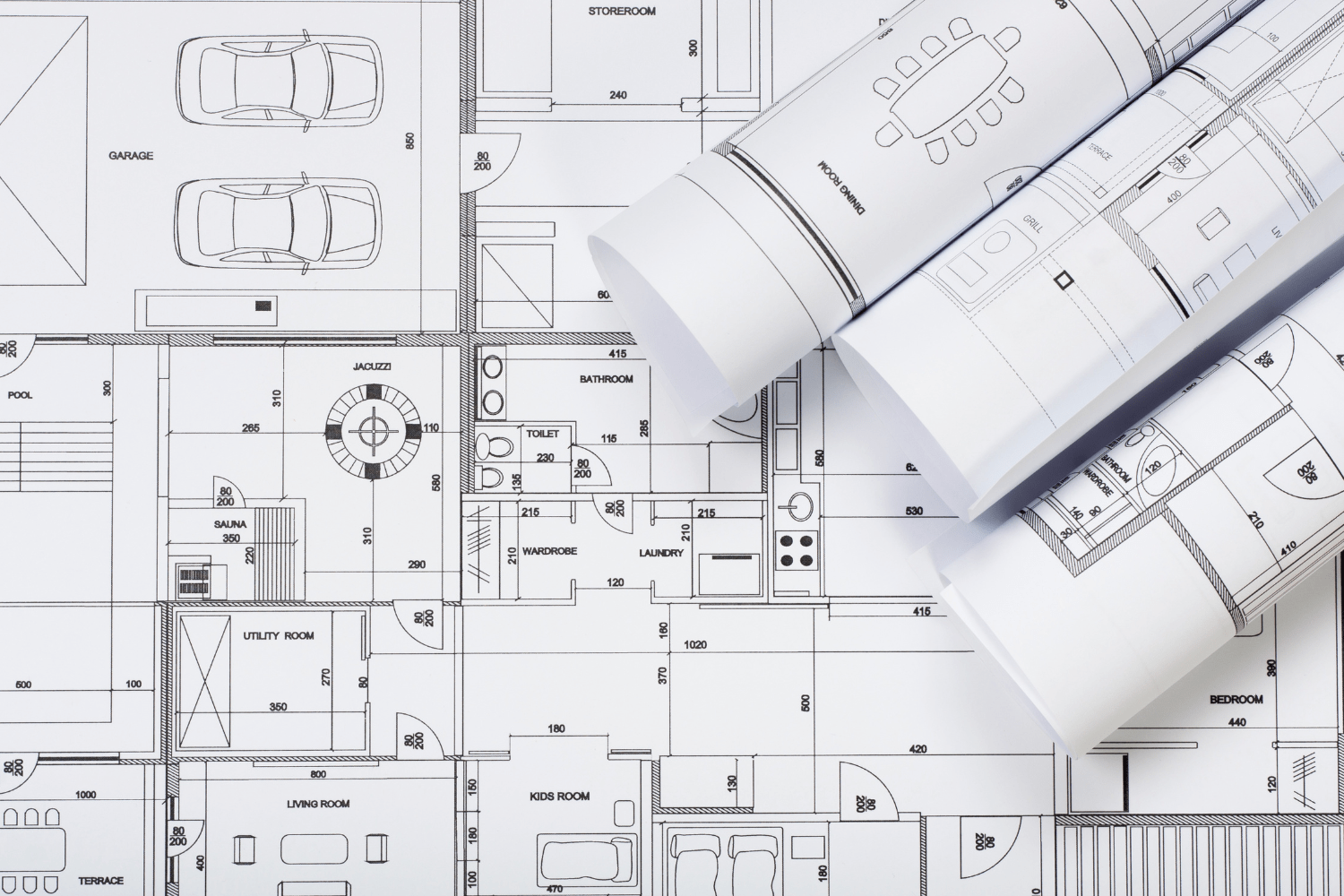- Home
- Articles
- Architectural Portfolio
- Architectral Presentation
- Inspirational Stories
- Architecture News
- Visualization
- BIM Industry
- Facade Design
- Parametric Design
- Career
- Landscape Architecture
- Construction
- Artificial Intelligence
- Sketching
- Design Softwares
- Diagrams
- Writing
- Architectural Tips
- Sustainability
- Courses
- Concept
- Technology
- History & Heritage
- Future of Architecture
- Guides & How-To
- Art & Culture
- Projects
- Interior Design
- Competitions
- Jobs
- Store
- Tools
- More
- Home
- Articles
- Architectural Portfolio
- Architectral Presentation
- Inspirational Stories
- Architecture News
- Visualization
- BIM Industry
- Facade Design
- Parametric Design
- Career
- Landscape Architecture
- Construction
- Artificial Intelligence
- Sketching
- Design Softwares
- Diagrams
- Writing
- Architectural Tips
- Sustainability
- Courses
- Concept
- Technology
- History & Heritage
- Future of Architecture
- Guides & How-To
- Art & Culture
- Projects
- Interior Design
- Competitions
- Jobs
- Store
- Tools
- More
Top 9 Things to Keep in Mind When Renovating Your Home to Accommodate a Home Office

Having a dedicated home office has become increasingly important now that remote work is becoming a more popular option for many professionals. Whether you’re working from home full-time or simply need a quiet place to handle household administration, a home office can greatly enhance your productivity and comfort.
Renovating your house to create this dedicated space may be a necessary step to ensure that your home office is able to serve its purpose well. With help from residential builders Dunedin homeowners trust and by thoughtfully planning your renovation, you can create an environment that supports your work needs and blends seamlessly with your home. Here are some of the things you should keep in mind during the project.
It Must Be Reasonably Quiet with Plenty of Natural Light
First and foremost, you need to select the right location for your home office. A quiet area away from the hustle and bustle of the main living spaces will help you focus better and reduce distractions. Consider spaces that have an abundance of natural light, like a room with large windows, to help boost mood and productivity.If such a space isn’t available, consider installing additional windows or skylights where you’re planning to set up your home office. Then, use blinds or curtains to control glare and ensure the light is pleasant throughout the day.

There Should Be Enough Space for Your Work Essentials
Part of creating a functional home office is ensuring that the space is used in an efficient manner. After all, a well-organised and spacious workspace will help you stay productive and keep things organised. So, make sure that there’s enough room in your would-be home office for all your work essentials, such as a desk, chair, computer, and storage units without leaving you feeling cramped while you’re working. You can do this by measuring your furniture and planning the layout of the room before you start the renovation.
Determine the Best Storage Solution for the Space
In relation to the previous point, effective storage solutions are vital for keeping your home office organised and functional. As such, plan for ample and suitable storage solutions to keep your work materials, documents, and office supplies neatly arranged. Built-in shelves, filing cabinets, and storage bins can help keep everything in its place. Also, consider multifunctional furniture like desks with built-in drawers or storage ottomans as well to maximise space.
Install Enough Electrical Outlets and Wiring for Your Devices
Modern home offices require numerous electronic devices such as computers, printers, and phones. Keep this in mind when deciding on the number of electrical outlets in the room and make sure that you can accommodate all your devices. Planning for sufficient electrical capacity during the renovation will prevent the hassle of using extension cords or power strips, which can add to clutter and even become tripping or electrical hazards. Consider adding outlets at desk height for easy access, too. If you have multiple devices, a surge protector can help manage the load and protect your equipment from power surges.

Be Mindful of the Placement of Light Sources and Fixtures
Proper lighting is essential for a comfortable and efficient home office. In addition to natural light, plan for artificial lighting that reduces eye strain and shadows. Overhead lights should be bright but not harsh, and task lighting like adjustable desk lamps should be added for specific tasks. Consider installing dimmable lights to adjust the brightness according to the time of day and your needs.
Check That the Space Has a Strong and Stable Internet Connection
A reliable internet connection is vital for any home office. You need to be connected to the internet all the time to access files from the cloud, coordinate with clients or teammates, and other crucial work-related tasks. Thus, you need to make sure that your office location has a strong Wi-Fi signal. If the signal is weak, consider upgrading your router, adding Wi-Fi extenders, or installing a wired ethernet connection. Taking these ideas into account during the renovation will prevent disruptions and allow you to work efficiently.
Consider Soundproofing the Home Office
Noise can be a significant distraction in a home office, especially if you’re sharing your living space with others. In this regard, soundproofing your office will help create a quiet environment where you can focus on your work. You can add thick carpets, rugs, and curtains to absorb sound and reduce noise levels. Acoustic panels and soundproof insulation on the walls and ceiling are also effective in minimising noise. These materials, in particular, can be installed during the renovation.

Plan for Proper Heating and Cooling Throughout the Year
Comfort is essential for preserving your energy and focus when you’re working long hours. So, make sure that your office space has proper heating and cooling to maintain a comfortable temperature year-round. This could involve extending your home’s existing HVAC system, adding a dedicated heater or air conditioner, or installing a ceiling fan. Insulating the office space well can also help maintain a consistent temperature.
Set a Budget for the Renovation Project
Renovating your home to set up a home office can be a significant investment, so it’s essential to set a realistic budget. Determine how much you can afford to spend and prioritise expenses based on necessity and impact. Remember to allocate funds for critical items like furniture, electrical work, and internet upgrades first. That said, be mindful of potential hidden costs such as structural changes or permits.
A well-designed office can enhance your productivity, comfort, and overall work-life balance. By carefully planning your renovation, you can create an office that supports your professional and personal needs.
illustrarch is your daily dose of architecture. Leading community designed for all lovers of illustration and #drawing.
Submit your architectural projects
Follow these steps for submission your project. Submission FormLatest Posts
The Art of the Streetscape: How Thoughtful Design Builds Stronger Communities
Ever walk down a street and just feel… good? Like there’s something...
Creating Your Dream Backyard Oasis: Design, Structures, and Maintenance
Australian homeowners are rediscovering the value of their outdoor spaces like never...
10 Common Architectural Symbols and Their Meanings
Architectural drawings rely on symbols to communicate complex ideas quickly and clearly....
Best LED Shop Lights 2026: Brightest Options for Garage & Workshop
In 2026, LED shop lights have become essential for creating safe, efficient,...












Leave a comment